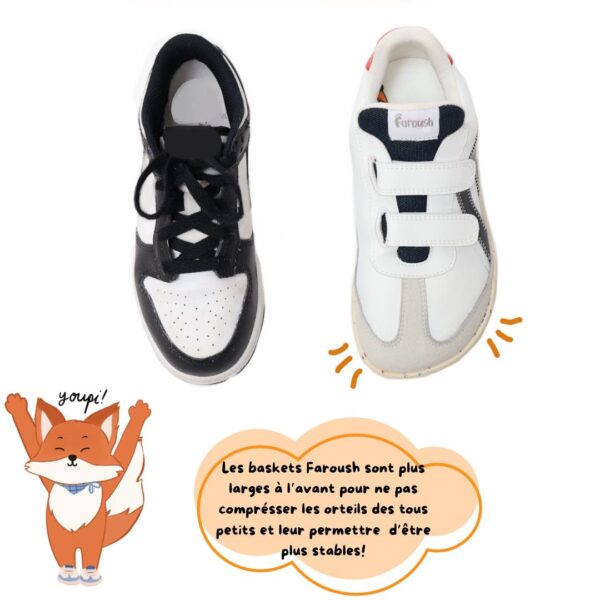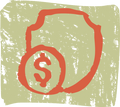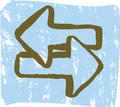
What is the best basketball shoe choice for my child?
Did you know that the human foot is made up of 26 bones that are not fully formed at birth? The foot is fully formed and strong by adolescence.
A baby's foot contains more cartilage than bone, making its structure softer and more malleable than that of an adult's. As it ages, the foot gains strength and mobility through natural movements and by receiving sensory information from the ground, and this is how the bones finalize and fuse together.
The little pad
The fatty pad under the arch of the baby's foot is a natural arch that should not be squashed with "arch support" shoes; this is unnatural and counterproductive.
This fatty cushion disappears naturally and leaves room for the curve of the arch around 4/7 years old, when the foot becomes muscular and the tendons strengthen to leave room for the curve of
the arch. For a long time we thought that children needed shoes with arch support, but there is no mistake in the nature of the evolution of our feet and we must let nature do its work by letting the foot develop its muscles naturally and the arch form naturally.
Little soft feet
At the stage of bone formation, children's feet are very flexible, if a child moves in shoes that do not allow natural development of their feet, the foot will adapt and take the shape of the shoe they are in.
move.
To give children a good start and ensure the proper development of their feet and bodies, they should be allowed to walk barefoot as much as possible.
This is why minimalist/barefoot shoes remain the best choice on the market today. It means choosing shoes that don't interfere with the natural movement of the feet. This means shoes that are flexible, lightweight, thin, have a good toe box shape (width at the front of the shoe for the toes), and that fit the size and shape of the foot.
The flat sole
The heel in children's shoes is very worrying. A heel means a difference in height between the front and back of the shoe or sneaker. A 2cm heel on a
20cm shoe requires a lot of compensation in a child's body compared to the same heel height in a 40cm shoe. The same heel with a reduced horizontal distance on a smaller foot represents a greater angle to which the child's body must adapt. The line from the middle of the shoe to the toe of the foot must be straight so as not to
Pushing the toe of the thumb towards the other toes and not allowing it to be in its natural position. If poorly positioned it can be the beginning of the deformity of the foot which can become more pronounced over time and cause problems in adulthood such as hallux valgus.
Conventional sneakers and shoes
With all the often conflicting information parents receive about suitable shoes for children, it is often difficult for parents to know which
are the best shoes for the proper development of their child's foot.
What's on offer in today's children's shoe market can often be daunting. Following fashion trends, children end up with shoes that
heels, with hard, thick soles and a toe box where the toes are tightly packed or even on top of each other. This is found even in the smallest sizes. Hard, thick soles deprive children of the control, balance and proprioception necessary for the proper natural development of their feet and make it more difficult for them to learn to walk. These conventional shoes are too rigid and narrow, preventing the proper development of the muscles and joints of the foot. Many first-walking shoes on the market have flexible soles, but the "toe box" is round and not adapted to the toes of children's small feet. Conventional children's shoes become increasingly narrow as they grow, which compresses their toes on top of each other, which is not a natural position. Shoes must also be well tied because shoes that do not fit the foot well cause an inappropriate gait and a lot of compensation at the level of the toes, which must therefore grip to hold the shoe.
So what should you choose?
Barefoot/minimalist sneakers or shoes are the best choice for developing healthy feet and making it easier for toddlers to learn to walk. They protect your child's feet from external hazards like heat, cold, and sharp objects without hindering the natural shape or rolling of the foot. (Refer to the article What is a barefoot shoe to learn more)









